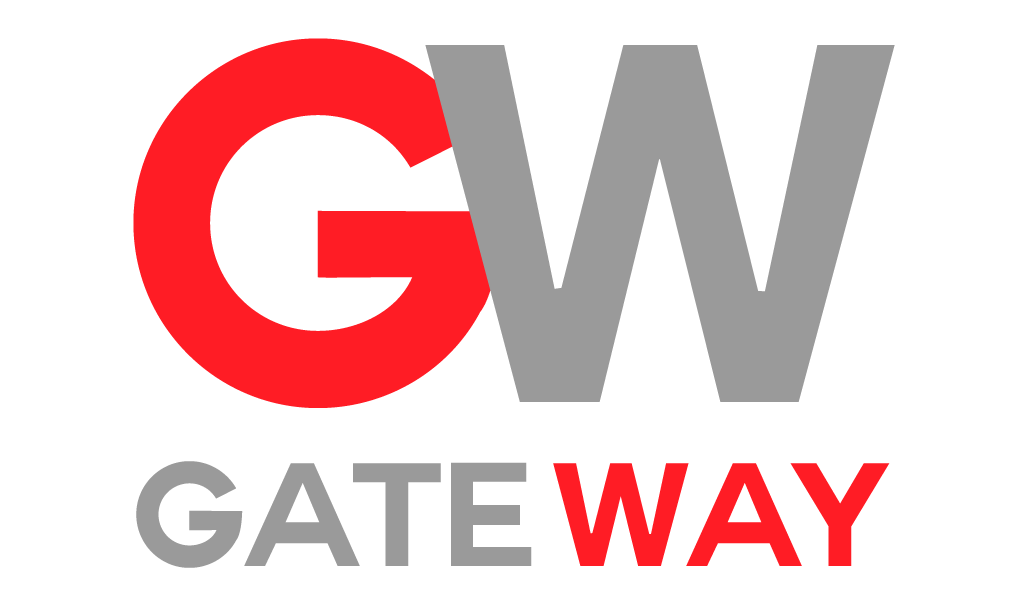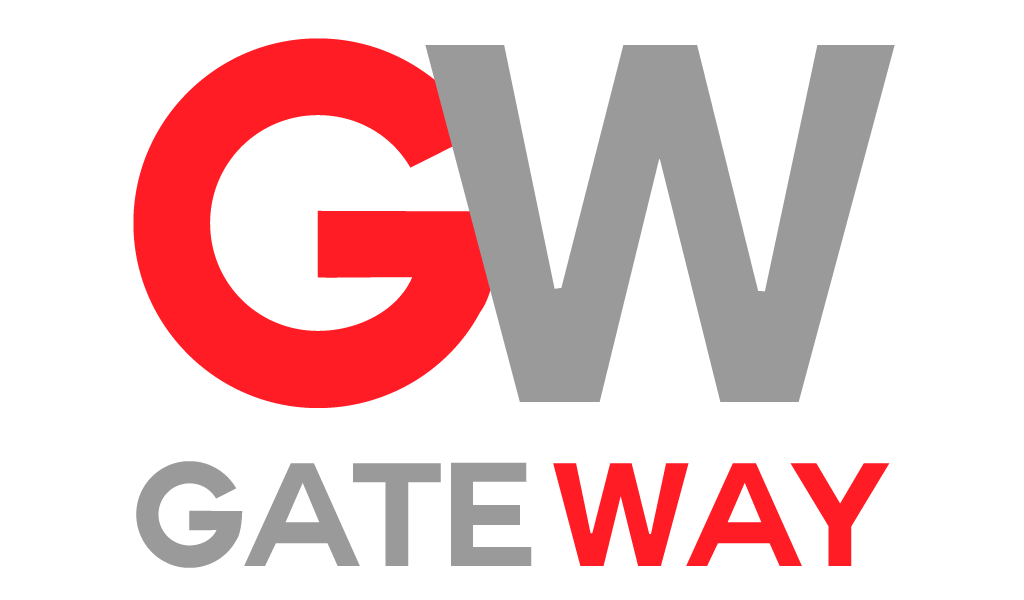
More than just talk: The scientific link between communication and team building
Did you know that according to MIT’s Human Dynamics Laboratory, the single most important predictor of team success isn’t individual talent, intelligence, or experience—but how team members communicate with one another? Their research found that communication patterns alone could explain up to 50% of the variation in performance among different teams tackling identical problems.
The business case for scientific team building
In today’s economic climate, with global tariffs creating supply chain complexities and recession concerns prompting heightened scrutiny of all business investments, building high-performing teams has never been more critical—or more challenging. Organizations can no longer afford the luxury of trial-and-error approaches to team development. They need evidence-based methods that deliver consistent, measurable results.
I learned this lesson the hard way early in my career. I was managing two project teams with nearly identical compositions—similar experience levels, comparable technical skills, and equal resource allocations. Yet one team consistently outperformed the other by dramatic margins. The difference? Not individual capability, but the invisible dynamics of how they functioned as a unit.
This experience sent me down a rabbit hole of behavioral science research that fundamentally changed my approach to team building. I discovered that beneath the surface of what appeared to be “team chemistry” or “cultural fit” lay recognizable patterns with predictable outcomes—patterns that could be intentionally engineered rather than left to chance.
The science behind high-performing teams
Research from organizational psychology, cognitive science, and behavioral economics has revolutionized our understanding of what makes teams succeed. Here’s what the evidence reveals about the foundations of exceptional team performance:
Psychological safety: The essential foundation
Google’s landmark Project Aristotle study examined 180+ teams to identify what made the highest-performing groups different. Their most significant finding? Psychological safety—the shared belief that the team is safe for interpersonal risk-taking—emerged as the single most important factor. Teams with high psychological safety outperformed other teams regardless of the individual qualifications of their members.
This finding has profound implications in today’s uncertain economic environment. As organizations navigate potential downturns and restructuring, team members naturally become more risk-averse and protective of their positions. This defensive posture severely undermines the psychological safety essential for peak performance—unless leaders intentionally counteract this tendency through evidence-based interventions.
Cognitive diversity: The performance multiplier
Research from Scott Page at the University of Michigan has demonstrated that cognitively diverse teams—those with members who process information and solve problems differently—consistently outperform homogeneous groups of higher individual ability when tackling complex challenges. This “diversity bonus” becomes even more valuable during periods of economic uncertainty, when adaptive thinking and innovation are paramount.
However, capturing this benefit requires more than simply assembling diverse individuals. It necessitates structures that actively incorporate different perspectives, mitigate dominant voices, and translate cognitive friction into productive outcomes rather than personal conflict. The science shows specific protocols that achieve this consistently, transforming potential tension into creative strength.
Social sensitivity: The connection factor
MIT researchers discovered that successful teams demonstrate significantly higher levels of “social sensitivity”—the ability to read nonverbal cues and understand others’ emotional states. This capacity creates the conditions for what psychologists call “collective intelligence,” where a team’s problem-solving ability exceeds the sum of individual contributions.
Particularly interesting is the finding that this factor predicted team performance more accurately than either the average or maximum individual intelligence of team members. Teams with members who scored higher on measures of social sensitivity consistently outperformed groups of technically superior individuals with lower collective social awareness.
Communication equality: The balance principle
The distribution of communication within teams has emerged as a surprisingly powerful predictor of performance. Research shows that high-performing teams display more evenly distributed communication patterns, with all members contributing relatively equally to discussions. In contrast, teams dominated by one or two voices consistently underperform, regardless of how knowledgeable those dominant voices might be.
Harvard Business School professor Amy Edmondson found that this pattern becomes even more critical during economic uncertainty, when power dynamics tend to become more pronounced. Teams that maintain communication equality during challenging periods demonstrate significantly greater resilience and adaptability than those that default to hierarchy under pressure.
Translating science into practice
Understanding these research findings is one thing; implementing them effectively is another. Here’s how to translate team science into practical strategies that deliver measurable results:
Measurable development: beyond feelings
Scientific team building requires moving beyond satisfaction surveys to measure what actually matters for performance.
Effective approaches include:
- Observational assessments of communication patterns
- Network analysis of information and influence flows
- Scenario testing of team decision-making processes
- Longitudinal tracking of psychological safety indicators
These measurement approaches provide actionable insights into team development needs and progress—insights that become particularly valuable when justifying team investments during periods of economic constraint.
Contextual optimization: Beyond universal practices
Perhaps most importantly, scientific team building recognizes that different contexts require different team configurations and practices. Research clearly shows that the optimal team structure and process depends on:
- Task characteristics (creative vs. execution-focused, simple vs. complex)
- Time horizons (short-term projects vs. ongoing operations)
- Interdependence requirements (pooled, sequential, or reciprocal)
- External environment (stable vs. volatile, resource-rich vs. constrained)
This contextual optimization becomes especially critical during periods of economic uncertainty, when teams must often pivot between different modes of operation as circumstances change. Teams designed with this adaptability in mind significantly outperform those built on rigid, universal principles.
Case Studies in Scientific Team Building
Financial services: Navigating uncertainty
A global financial services firm facing market volatility and potential regulatory changes implemented evidence-based team restructuring across their North American operations. By applying cognitive diversity principles to team composition and implementing psychological safety protocols, they achieved:
- 32% increase in identified risk factors before they became problems
- 47% faster adaptation to regulatory changes
- 28% improvement in cross-functional collaboration
- Significant reduction in key personnel departures despite industry turbulence
The approach paid for itself within 6 months through enhanced adaptability during rapidly changing market conditions—demonstrating the ROI of scientific team building during economic uncertainty.
Manufacturing: Optimizing under pressure
A mid-sized manufacturer confronting supply chain disruptions from new tariff structures applied communication pattern analysis to their operational teams. By identifying and correcting problematic interaction patterns, they achieved:
- 23% reduction in production disruptions
- 18% improvement in problem-solving speed
- 35% decrease in quality issues
- Substantial improvements in employee retention during industry contraction
This transformation occurred without changes to team membership—illustrating how process optimization based on behavioral science can extract substantial performance improvements from existing teams.

Technology: Innovation through diversity
A technology company facing increased competitive pressure implemented cognitive diversity mapping and structured decision protocols. The results included:
41% increase in viable solution alternatives generated
29% reduction in time-to-market for new features
44% improvement in first-release quality metrics
Remarkable resilience during a period of significant market volatility
By making invisible cognitive patterns visible and creating protocols that leveraged their diversity, this organization transformed their innovation capability precisely when economic conditions demanded greater competitive differentiation.
Three Key Takeaways for Implementation
As you consider applying these scientific principles to your own team building efforts, focus on these essential insights:
Process matters more than personnel
While individual capability remains important, the research clearly demonstrates that interaction patterns and team processes explain more performance variation than individual differences.This means every organization can achieve significant performance improvements by optimizing how existing teams function—a particularly valuable insight during hiring freezes or downsizing periods.
Measurement creates accountability
Scientific team building requires moving beyond subjective impressions to measure the specific factors known to drive performance. This evidence-based approach not only improves outcomes but also creates the accountability necessary to defend team investments during periods of economic constraint.
Adaptability is the ultimate competitive advantage
The most valuable teams in uncertain environments aren’t those optimized for a single type of performance, but those designed for adaptive response to changing conditions. Building this adaptability capacity requires intentional design informed by behavioral science rather than traditional team building approaches.
An invitation to evidence-based excellence
As North American businesses navigate an increasingly complex landscape of economic uncertainty, political change, and market volatility, the ability to build and maintain high-performing teams has emerged as a crucial competitive differentiator. Organizations that apply scientific principles to this challenge consistently outperform those relying on conventional wisdom or intuition.
Our agency has made this research-backed approach the foundation of our talent solutions, helping clients build teams designed not just for today’s challenges but for tomorrow’s uncertainties. The results speak for themselves: consistently higher performance, greater resilience during disruption, and superior innovation capability—precisely the advantages organizations need in today’s challenging environment.
How are you applying scientific principles to your team building efforts? Have you discovered approaches that deliver measurable results during uncertain times? Share your experiences in the comments—I’m always fascinated by how different organizations translate these research findings into practical applications.
Gareth Callaway is President of Gateway, with over 25 years of experience in talent acquisition and recruiting. He specializes in using behavioral science to build high-performing teams across industries.
Gareth Callaway
PRESIDENT


